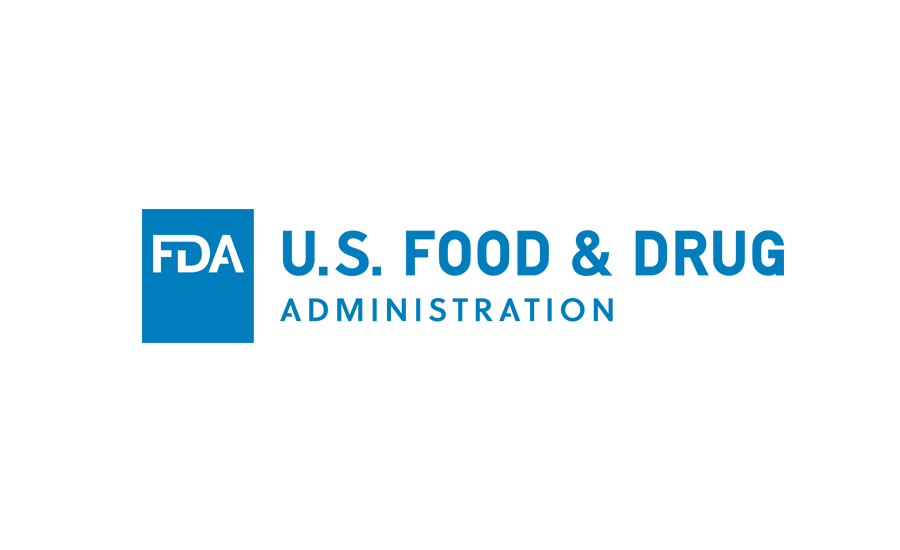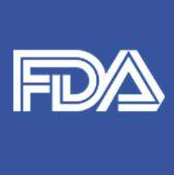FDA takes new steps to protect food products from deliberate attacks

The U.S. Food and Drug Administration today released a revised draft guidance, “Mitigation Strategies to Protect Food Against Intentional Adulteration: Guidance for Industry,” to support compliance with the intentional adulteration (IA) rule set forth under the FDA Food Safety Modernization Act (FSMA).
The IA rule is designed to address hazards that may be intentionally introduced to foods, including by acts of terrorism, with the intent to cause widespread harm to public health. Unlike the other FSMA rules that address specific foods or hazards, the IA rule requires certain facilities—both domestic facilities and foreign facilities that export to the U.S.—to develop and implement food defense plans that assesses their potential vulnerabilities to such acts of deliberate contamination.
The draft guidance issued today outlines two, flexible methods for how facilities can conduct vulnerability assessments to identify their areas of highest risk and provides information about requirements for education and training. This installment of the draft guidance includes all of the information in the first installment, including information on the Key Activity Type method to conduct vulnerability assessments, mitigation strategies, and food defense monitoring procedures, released in June 2018.
In the near future, the FDA also intends to provide a third installment of this draft guidance that will include additional information on corrective actions, verification, records maintenance, reanalysis requirements, and how to calculate small and very small business sizes in order to determine what requirements of the rule are applicable. When finalized, this draft guidance is intended to be a resource that will help the food industry implement the IA rule’s provisions in a flexible and cost-effective manner. For more information on this guidance, as well as instructions on how to submit comments, please visit FDA.gov.
Looking for a reprint of this article?
From high-res PDFs to custom plaques, order your copy today!








